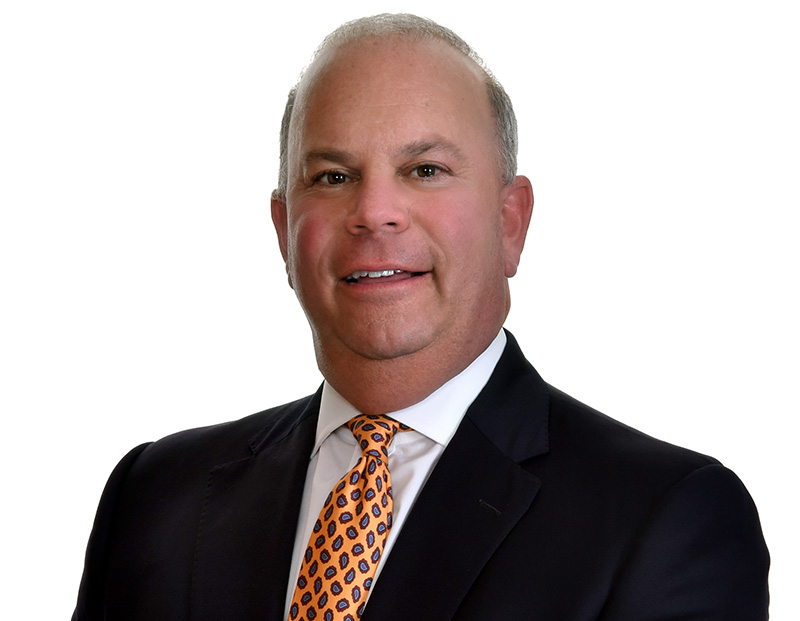Why More 1031 Exchange Buyers Are Seeking an Upleg
Current economic conditions are precipitating an increase in single-tenant net lease transactions, according to Christopher Maling of Avison Young.

Christopher Maling
Single-tenant net-leased retail assets have historically been the go-to investment for small-to-midsize 1031 exchange buyers seeking to secure a cash-flowing passive investment. But the current economic turbulence created by retailer shake-ups, changes (or impending changes) in tax legislation, and other COVID-19-related and unrelated challenges is creating uncertainty when it comes to commercial property ownership.
We are seeing increased transaction velocity in the STNL 1031 exchange market as more and more investors cast a critical eye on their holdings and look for a 1031 upleg move to create a better position for themselves. When the economy is plugging along and strong, STNL asset owners collect their rent checks and don’t have to think too much. We are now garnering more requests from private owners and family offices to sit down and talk portfolio strategy with them. Sometimes it makes sense to stay put. In other scenarios, it may be time to move on to create a better ownership position.
Strategic moves
To illustrate, last month my brother David and I brokered a portfolio acquisition of four single-tenant restaurant properties, occupied by KFC, on behalf of a California-based family office with four family members. We advised on a strategy of selling one Walgreens ground lease in California, and executing a 1031 exchange into this out-of-state KFC portfolio. There were benefits to the individuals for estate planning purposes, including generational succession of the real estate. Additionally, the trade created a hedge against inflation, as it enabled the buyer to improve its yield from a flat 5 percent with no rental increases on the 75-year ground lease to 5.75 percent with growth in the net operating income every five years.
As our team is located in California, the other thing we are seeing in the state is that there continues to be increasing threats of new regulations to commercial real estate owners, such as the proposed split-roll property tax that is up for a vote in November—also known as Proposition 15. California STNL asset owners are opting to sell their local properties and buy property in tax-free, more pro-business states, like Nevada, Washington, Texas, Florida, Tennessee and Wyoming, among others.
Finally, another increasingly common 1031 upleg buyer of STNL retail assets is the multifamily property owner. They have had a rough six months during this pandemic, with either slow or no rent payments—and no recourse to evict due to the state mandate—so they are seeking to trade into a low- to no-maintenance retail property.
Ultimately, for a number of wide-ranging reasons, including the few I mentioned above, a common theme continues to surface on 1031 exchanges. Investors who were thinking about trading in five to seven years from now are currently electing to do it now instead. I anticipate we will see this trend continue over at least the next 12 to 24 months.
Christopher E. Maling is a principal, Capital Markets Group, at Avison Young.







You must be logged in to post a comment.